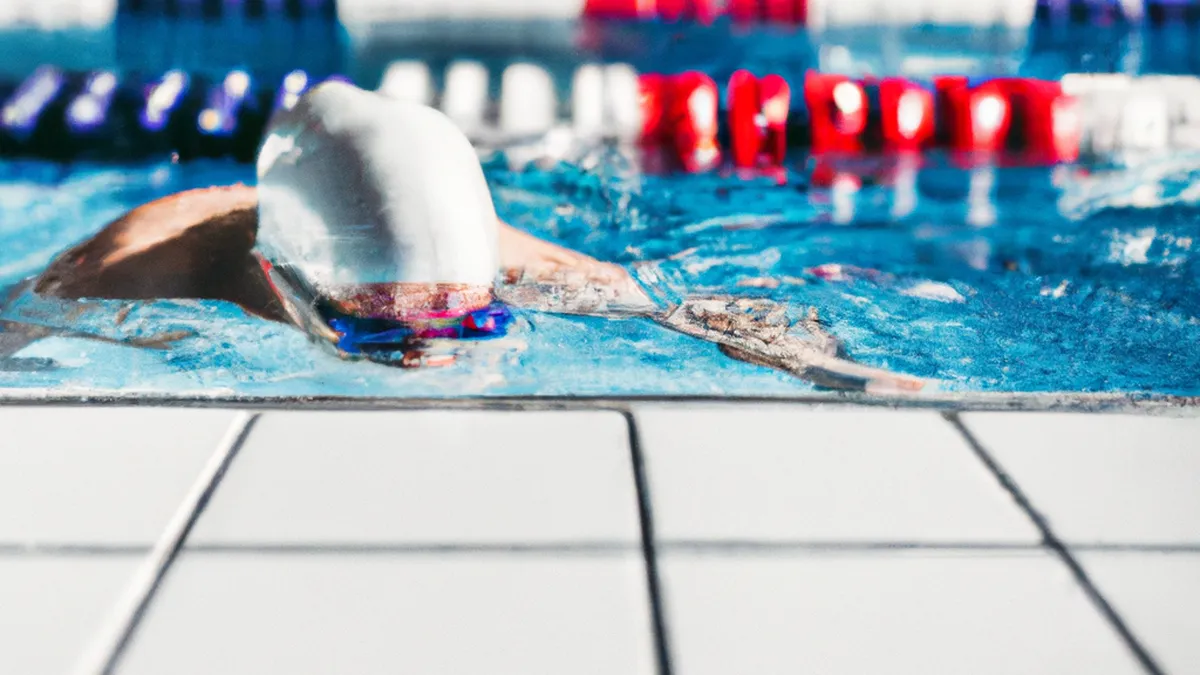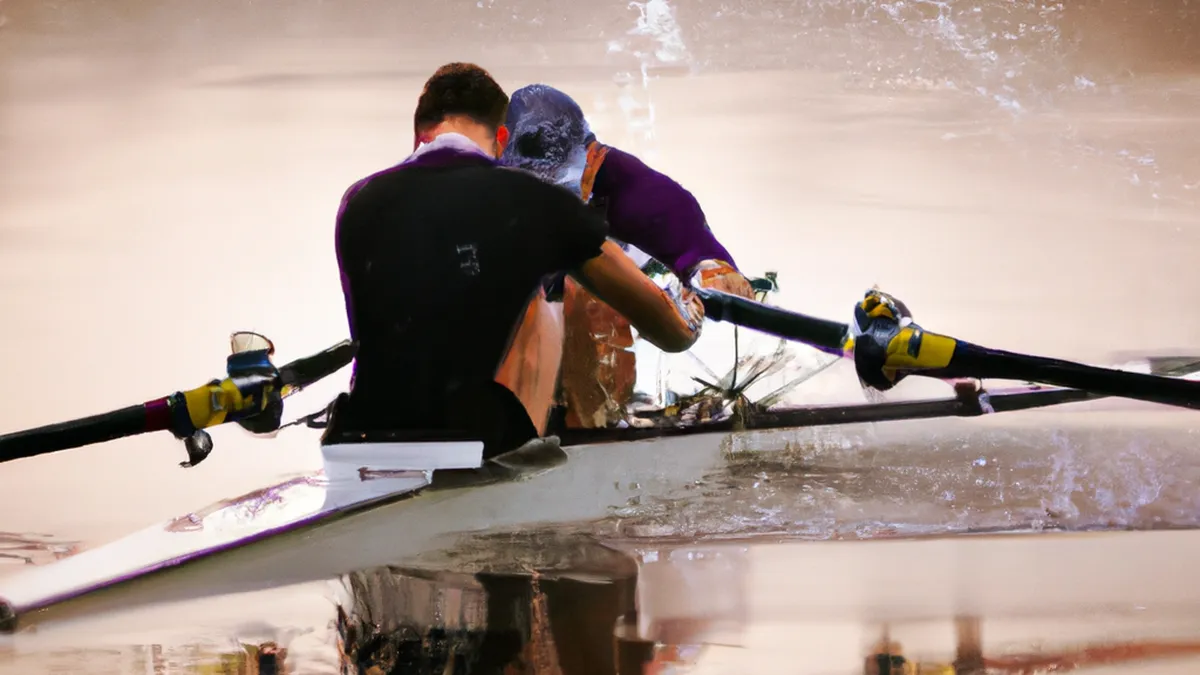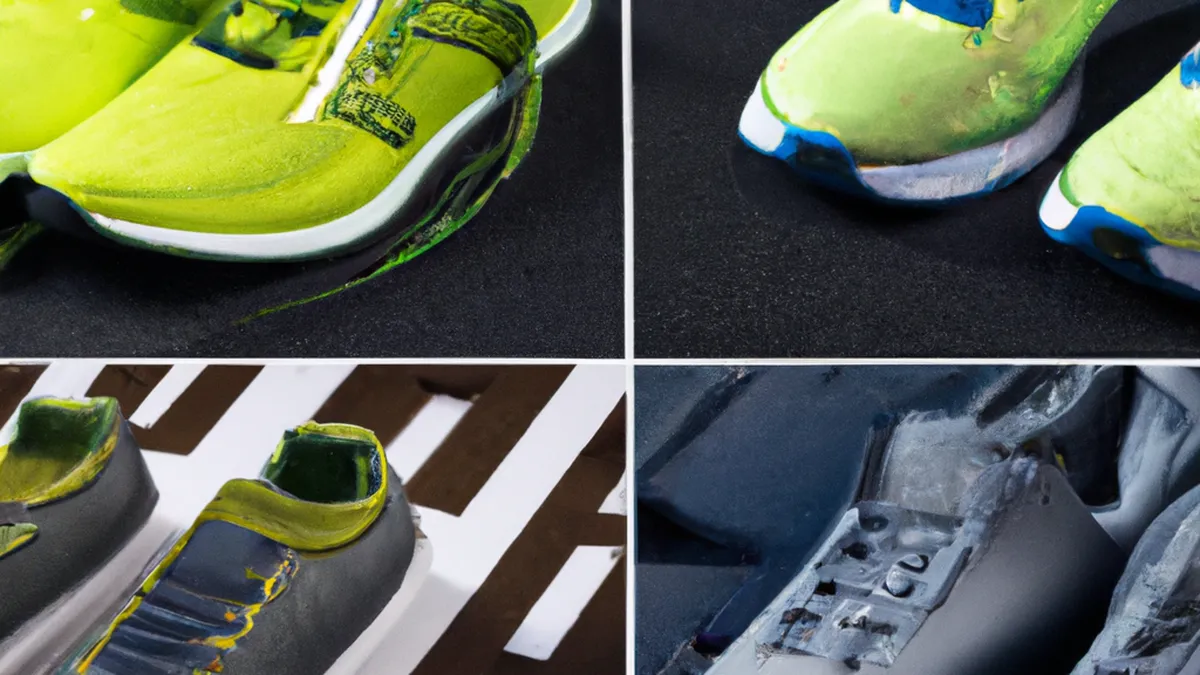Underwater Resistance: Training for Success
Underwater Propulsion Strategies: A Deep Dive Into MovementUnderwater exploration poses unique challenges. Efficient propulsion strategies play a crucial role in overcoming these challenges. Divers, swimmers, and underwater vehicle designers must understand these methods to optimize movement in water. This post explores various underwater propulsion techniques, offering tips to enhance your aquatic experience.
Types of Underwater Propulsion
To navigate underwater effectively, understand three main propulsion methods: human-powered, mechanical, and biological.
Human-Powered Propulsion
Human-powered propulsion depends on the diver’s physical effort. Swimmers push against water with their arms and legs, promoting exercise and control. However, this method can exhaust swimmers over long distances.1. **Freestyle Swimming**: This style is known for speed and efficiency. Swimmers alternate arm strokes and perform a flutter kick. This technique maximizes momentum and enables rapid movement. Practicing freestyle improves endurance and speed.2. **Fin Swimming**: Fins enhance propulsion significantly. They increase surface area and help swimmers glide efficiently. This technique reduces fatigue and benefits long-distance swimming, requiring less energy than swimming without fins.3. **Breaststroke and Backstroke**: While freestyle is fastest, breaststroke and backstroke can also be effective. Each stroke has unique mechanics and benefits, emphasizing different muscle groups.
Mechanical Propulsion
Mechanical propulsion uses devices to aid movement, popular in underwater vehicles and submersibles. Mechanical systems often outperform human-powered methods and cover greater distances.1. **Propellers**: Submersibles and underwater scooters typically use propellers to create thrust. They push water behind them for forward movement. Propellers work effectively for larger vehicles and can suit various speeds and depths.2. **Water Jets**: Water jets draw in water and expel it at high speed, offering excellent maneuverability. This technique commonly appears in smaller crafts, like personal submarines. Water jet propulsion allows quick directional changes, ideal for navigating complex underwater environments.3. **Thrusters**: Advanced submersibles sometimes use independently controlled thrusters. This setup enables precise movements, essential for underwater construction or research tasks.
Biological Propulsion
Nature showcases remarkable underwater movement techniques among marine creatures. Studying these animals can inspire new technologies and methods.1. **Undulatory Swimming**: Fish and marine mammals, like dolphins, propel themselves through body movements. They create waves along their bodies, pushing water backward for forward thrust. This method proves energy-efficient and allows swift movements.
Conclusion
As an Amazon Associate I earn from qualifying purchases.
Gear tip: consider swim goggles, swim cap, and kickboard to support this topic.
In summary, understanding underwater propulsion strategies enhances movement and exploration. Embrace these methods to improve your aquatic adventures.
Below are related products based on this post:
FAQ
What are the main types of underwater propulsion?
The three main types of underwater propulsion are human-powered, mechanical, and biological. Each method offers unique advantages and is suited for different scenarios, such as personal swimming or operating underwater vehicles.
How does human-powered propulsion work?
Human-powered propulsion relies on the diver’s physical effort to move through water. Techniques like freestyle swimming, fin swimming, and various strokes utilize the body’s strength to navigate effectively, although they can lead to fatigue over longer distances.
What is mechanical propulsion and how is it used?
Mechanical propulsion involves devices that assist movement, commonly used in underwater vehicles and submersibles. Methods like propellers, water jets, and thrusters enhance speed and maneuverability, allowing for greater distances and precise navigation in underwater environments.















Post Comment